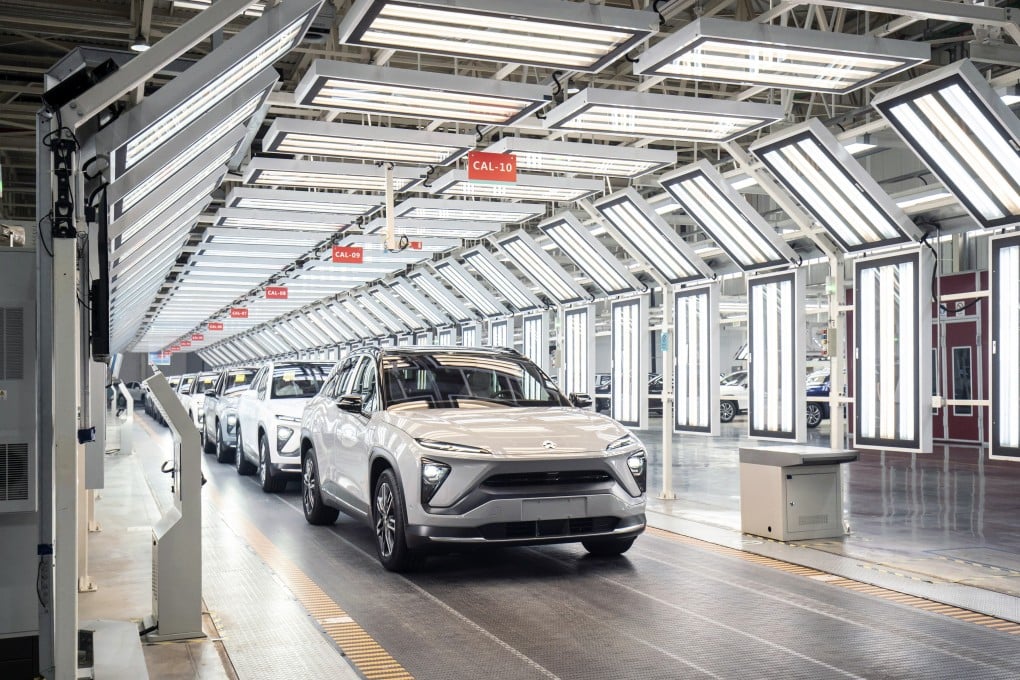Advertisement
Fatal crash involving NIO’s autopilot function sparks online war of words among Chinese electric car owners over safety
- An online statement signed by 500 NIO owners defending the company sparked a backlash from motorists who claim the risks of the driver-assistance function are not made clear enough
- It follows the death on August 12 of a 31-year-old entrepreneur, Lin Wenqin, while driving one of the company’s ES8 sport-utility vehicles
Reading Time:2 minutes
Why you can trust SCMP
3

A war of words has broken out among owners of NIO cars after a fatal crash involving one of its vehicles sparked a fierce online debate about the safety of its driver-assistant system.
The outcry could create a stumbling block for the rise of Chinese electric vehicle (EV) start-ups that are emerging as major beneficiaries of Beijing’s efforts to achieve carbon neutrality.
It follows the death on August 12 of a 31-year-old entrepreneur, Lin Wenqin, while driving an ES8 sport-utility vehicle (SUV). The accident occurred while the autopilot function was turned on, NIO said in an obituary on its WeChat account. Local police are investigating the case while NIO is assisting in the process.
Advertisement
On Wednesday, a statement signed by 500 NIO owners defending the company’s products and reputation in the wake of the accident was posted in the chat room of NIO’s app.
“We are well aware that NIO’s NOP (navigation on pilot) is currently an assistant driving system, not an autonomous driving system or driverless system,” said the joint statement, in response to a growing chorus of online criticism levelled at the company. “NIO’s presentation and promotion of the NOP have not appeared to be confusing or misleading to us.”
Advertisement
Advertisement
Select Voice
Choose your listening speed
Get through articles 2x faster
1.25x
250 WPM
Slow
Average
Fast
1.25x